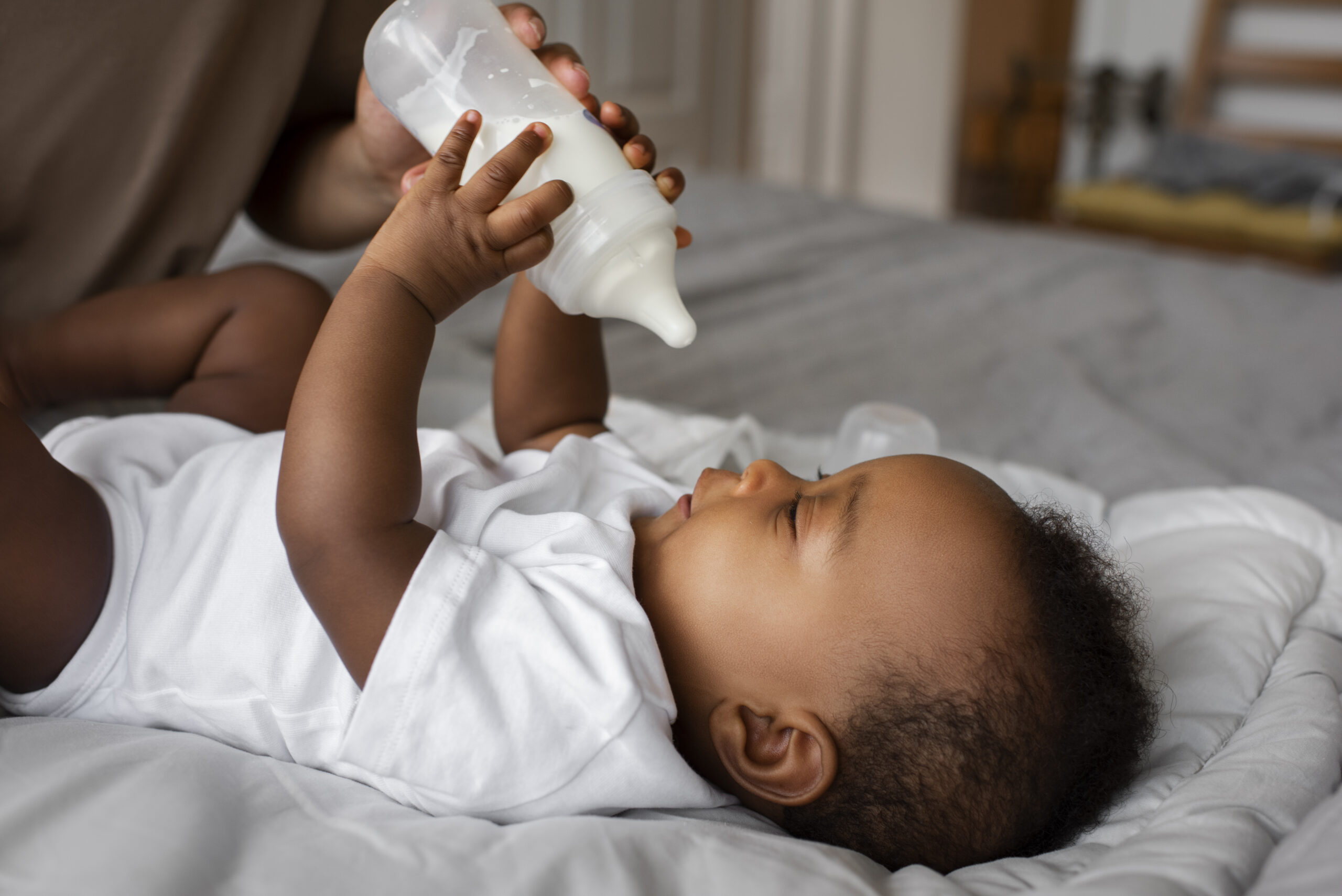Cleaning a Dirty Sponge Only Helps Its Worst Bacteria, Study Says
Stop. Drop the sponge and step away from the microwave. That squishy cleaning apparatus is a microscopic universe, teeming with countless bacteria. Some people may think that microwaving a sponge
Stop. Drop the sponge and step away from the microwave.
That squishy cleaning apparatus is a microscopic universe, teeming with countless bacteria. Some people may think that microwaving a sponge kills its tiny residents, but they are only partly right. It may nuke the weak ones, but the strongest, smelliest and potentially pathogenic bacteria will survive.
Then, they will reproduce and occupy the vacant real estate of the dead. And your sponge will just be stinkier and nastier and you may come to regret having not just tossed it, suggests a study published last month in Scientific Reports.
Bacteria are everywhere, so it’s no surprise that a kitchen sponge would be full of them. But previous research had underestimated a sponge’s quantity and range of bacteria. By looking at the DNA and RNA in samples from 14 used sponges that may be as dirty as the one sitting in your sink right now, Markus Egert, a microbiologist at the University of Furtwangen in Germany, and his team identified 362 different species of bacteria living within them. And the scientists were surprised to find how densely microbes occupied such close quarters: About 82 billion bacteria were living in just a cubic inch of space.
“That’s the same density of bacteria you can find in human stool samples,” Dr. Egert said. “There are probably no other places on earth with such high bacterial densities.”
The sponge attracts bacteria — which arrive via food, the skin or other surfaces — with the perfect living conditions. There is lots of warm, wet and nutrient-rich space for them to thrive.
And among those taking advantage of these amenities, the scientists found, was a microbe called Moraxella osloensis. It is widespread in nature and lives on the human skin. It can cause infections in people with weak immune systems, although the risk posed by the bacteria found in sponges is hard to assess.
Moraxella osloensis is primarily responsible for the stench of dirty laundry, and it may also be the reason that your sponge eventually emits a funky odor.
The odor is a compound produced by the bacterium’s metabolism. It eats fat. It excretes fat. And that fatty excrement stinks.
The thrifty among us may try to clean a sponge that starts to stink, but it’s probably time to let it go. Disinfecting it, as many have tried, does not necessarily work. You can microwave a sponge, throw it in the laundry or dishwasher, douse it in vinegar or other cleansing solutions or even cook it in a pot. But the researchers discovered more of the potentially pathogenic bacteria, like Moraxella osloensis, on the sponges collected from people who said they routinely disinfected them.
“When people at home try to clean their sponges, they make it worse,” Dr. Egert said — similar to how people can encourage antibiotic resistant bacteria if they don’t follow the doctor’s orders. He says if you can’t clean it perfectly, it may be best to replace it with a new one every week or so — especially “if it starts to move.”
But if you would rather not create that much waste, run it through a laundry machine at the hottest setting using a powder detergent and bleach and then use it somewhere other than the kitchen that is less hygiene-sensitive, like the bathroom.
“Now I’m an expert in how to clean sponges,” said Dr. Egert, who wants to compare disinfection methods in a follow-up study. “I’m waiting for the sponge industry to call me.”




